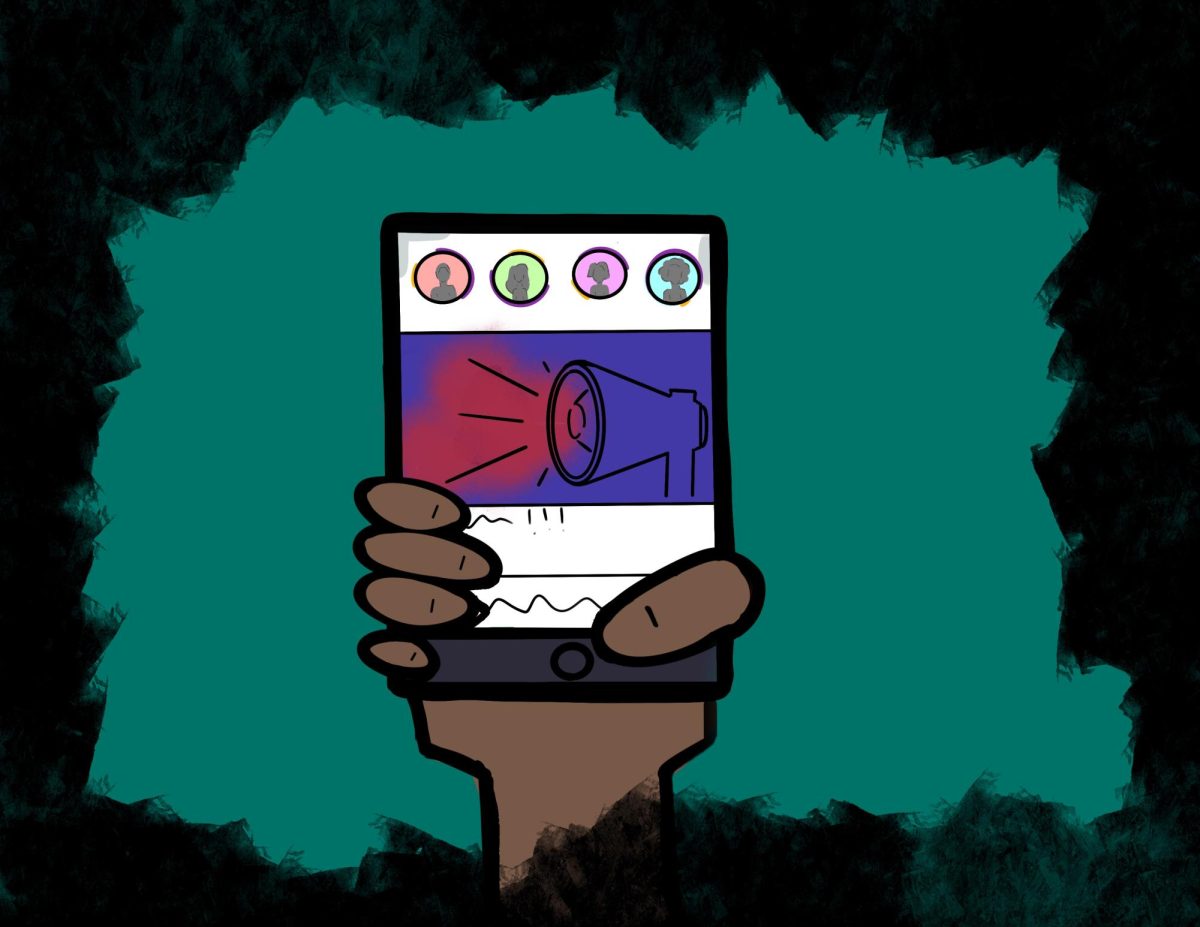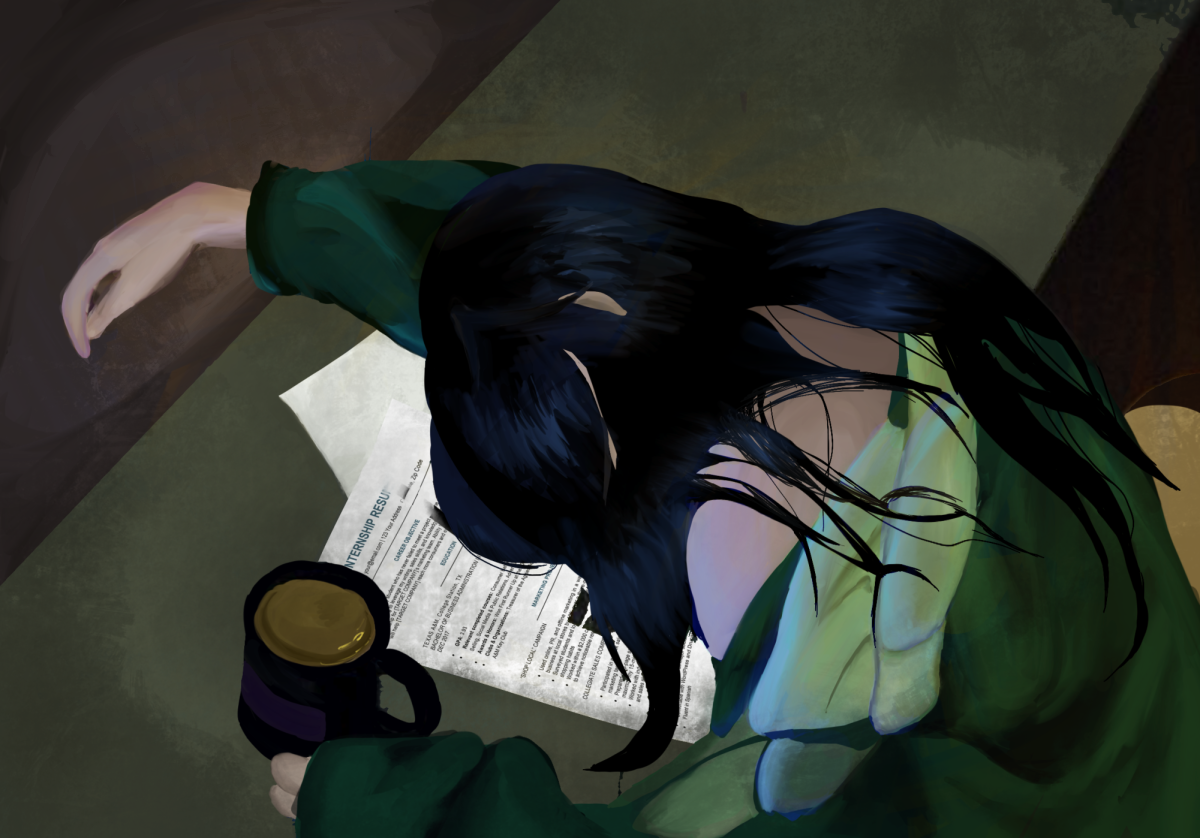In less than a month, students will again have to choose classes for next year.
While there is wide variety of courses to choose from, I believe the district course catalog does not include enough information for students to make an educated decision. Major parts of the class experience are often left out.
A big part of classes is also how a class is run, and the catalog often omits this.
For example, AP Euro is described in last year’s district course catalog as such: “This course which studies European history since 1450 introduces students to cultural, economic, political, and social developments that played a fundamental role in shaping the world in which they live. The goals of European History are to develop an understanding of some of the principal themes in modern European History, an ability to analyze historical evidence and historical interpretation, and an ability to express historical understanding in writing.”
As a current AP Euro student, I can say that the class is more than that. We often have seminar discussions, debates, and other types of discourse, which basically entail talking about what we are studying with fellow classmates. These are the more interesting parts of the class. None of this is mentioned in the course catalog.
In addition to not telling students how a class is run, the course descriptions sometimes leave out entire subjects that are taught in the class, like with the Journalism description. The course description describes the article writing, laying out of the newspaper pages, and the learning about ethics, but doesn’t mention how Journalism students learn how to take photographs using cameras and edit the photos using Photoshop. The course catalog also doesn’t talk about how we learn how to create videos using iMovie.
Currently, this information can be obtained by talking to older students who have gone through the class, talking to counselors during their annual counselor visits, or this year, attending open house and asking each teacher about the class. But this is not effective.
It would be easier for students to learn the information from a single source.
I believe the course catalogs need to be updated and comprehensive. And the best people to ask for realistic information about the class are the students.
Every few years, the counseling department should send out a survey during reading period to every student who is taking an elective course. This would include honors classes, APs, visual and performing arts classes, career tech classes, ROP courses, and any other class that doesn’t specifically need to be taken for graduation (like World History or English 2).
This survey would be made using Google Docs. It is easy to create a survey using Google Docs, and the school is already using the Google Apps for Education.
Each student would either use an iPad off the iPad cart or a computer in a computer lab to complete the survey.
The survey would be anonymous to allow students to speak freely, and would ask students to list each elective course they are taking, and their favorite and least favorite parts of classes.
The results of the Google Docs survey can be easily consolidated using Google Docs’ “summary of responses.” A link to the summary of responses would be attached to the course catalog so students would be able to easily look up each class.
Since classes don’t change much over a few years, the survey would only have to be done every 3 to 4 years. According to counselor Jenna Wrobel, the course catalog doesn’t change much from year to year, and usually only changes when a new class is introduced or an old one is not offered any more.
While the process of creating, sending out, and posting the link to the survey would be a bit time-consuming, I believe that being able to see students’ responses to classes would make choosing classes easier.


